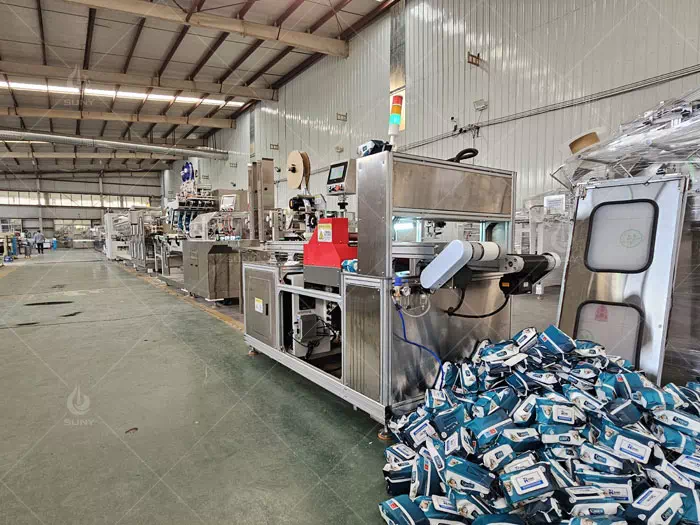What ingredients are needed to make wipes?
The ingredients needed to make wipes can vary depending on the type of wipes being produced. However, for general-purpose disinfecting or cleaning wipes, the following are common ingredients used in their production:
Fabric or Material: The material used for the wipes can vary, such as non-woven fabric, cotton, or other absorbent materials.

Cleaning Solution:
Water: Usually the primary ingredient in the cleaning solution.
Disinfectants: Common disinfectants include quaternary ammonium compounds, alcohol (like isopropyl alcohol), hydrogen peroxide, or bleach (sodium hypochlorite).
Surfactants: These help lift dirt and grime from surfaces. Examples include alkyl polyglycosides, alkyl dimethyl benzyl ammonium chloride, or sodium lauryl sulfate.
Preservatives: To prevent bacterial or fungal growth in the wipes. Common preservatives include methylisothiazolinone, phenoxyethanol, or benzalkonium chloride.
Fragrances: Optional, for a pleasant smell.
Emollients:
Glycerin: Helps to keep the skin moisturized.
Aloe Vera: Soothing and moisturizing properties.
Vitamin E: Skin-conditioning agent.
Other Additives:
Thickeners: Such as carbomer or xanthan gum to adjust the viscosity of the solution.
Chelating Agents: Like EDTA, to improve the stability and effectiveness of the wipes.
pH Adjusters: To maintain the appropriate pH level for skin contact.
Antioxidants: To prevent the oxidation of ingredients over time.
It’s important to note that the specific formulation of wipes can vary based on their intended use (e.g., baby wipes, disinfecting wipes, makeup wipes) and the manufacturer’s preferences. Additionally, regulatory bodies may have guidelines on the ingredients permitted in wipes intended for specific purposes.

